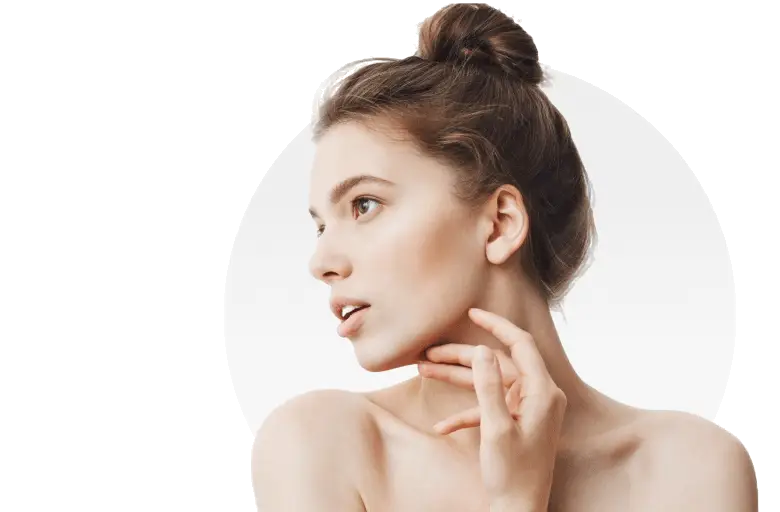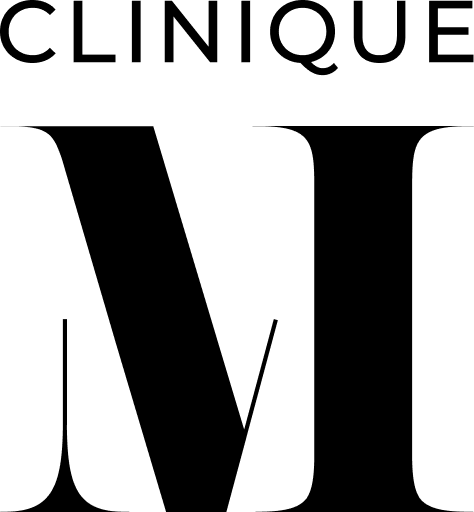Aquafolia –
Hydration Treatment
A range of products whose mission is to treat specific conditions of the skin to restore a healthy appearance.

Aquafolia – Hydration Treatment at MRockland, Montreal
Aquafolia dermo-cosmetic skincare products are suitable for everyone and are the result of biotechnological cosmeceutical research.
A range of products whose mission is to treat specific conditions of the skin to restore a healthy appearance while respecting the skin’s integrity. At the heart of this product line, Occy Laboratory takes pride in using only the best ingredients of natural and organic origin, formulated according to the laws of skin absorption for superior effectiveness.
Aquafolia preparations are galenic, have neutral scents suitable for unisex use, and are adapted to specific skin conditions and skin types.
Conditions
Step into an environment where your beauty and well-being are our top priorities. At Clinique M, we combine state-of-the-art technology with a personalized touch to ensure every visit feels exceptional.
Discover our Aquafolia treatments
Step into an environment where your beauty and well-being are our top priorities. At Clinique M, we combine state-of-the-art technology with a personalized touch to ensure every visit feels exceptional. Our dedicated team is here to guide you through a transformative experience, tailored to meet your unique aesthetic goals.

Exquisite Care for Timeless Beauty
Discover a range of tailored treatments meticulously crafted to enhance your natural beauty.
At Clinique M, we offer personalized solutions that cater to your unique.
Characteristics of the line
- Combines the pure energy of nature with the power of science
- Contains innovative ingredients that draw their efficiency from natural anti-aging biotech science
- Combines the know-how of the cosmetic and pharmaceutical industries
- Maximum concentrations of ingredients documented from in-vitro, in-vivo and ex-vivo studies
- Development of synergistic activities between active ingredients
- Respect of the functional and biological logic of the skin

Aquafolia Treatments
Step into an environment where your beauty and well-being are our top priorities. At Clinique M, we combine state-of-the-art technology with a personalized touch to ensure every visit feels exceptional.

Exquisite Care for Timeless Beauty
Discover a range of tailored treatments meticulously crafted to enhance your natural beauty.
At Clinique M, we offer personalized solutions that cater to your unique.


